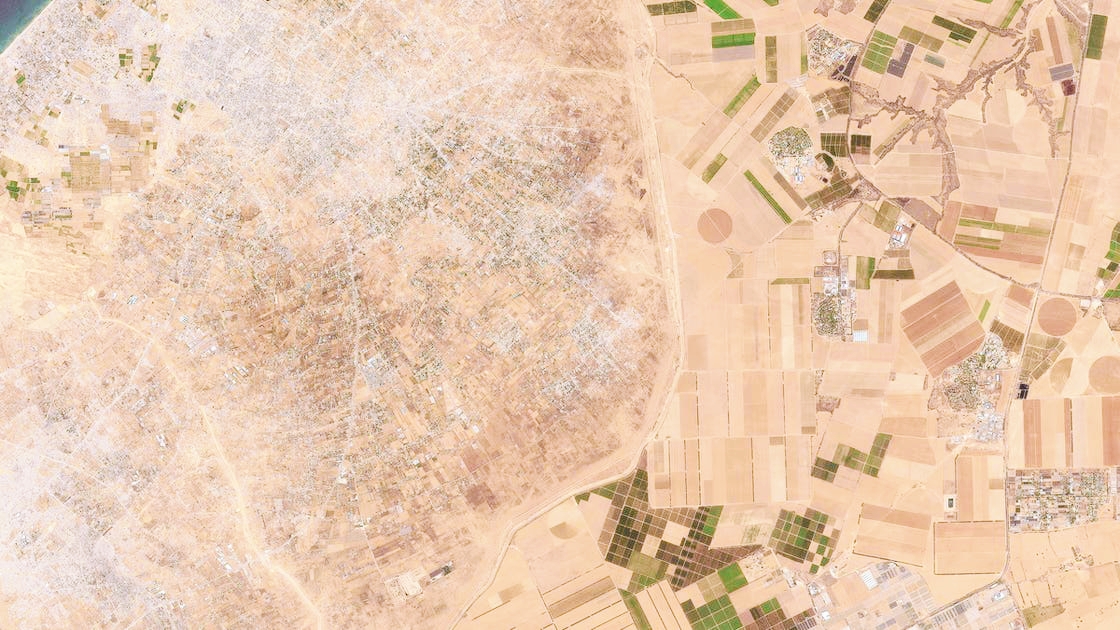* 'Morag Axis' .. the toughest knot on the road to a Gaza agreement
While negotiations for a ceasefire between Israel and Hamas continue in Doha, a major point of contention has emerged that threatens to collapse the expected agreement: Israel's insistence on maintaining a military presence in what is known as the 'Morag Axis' in southern Gaza.
According to informed sources, Israel has expressed its intention to keep its forces in this newly established security corridor, which extends from east to west between Rafah and Khan Yunis, during the proposed ceasefire that could last for 60 days.
This step, according to an Israeli official who refused to disclose his name, is considered a fundamental condition by Tel Aviv, but it is strongly rejected by Hamas, which demands a complete Israeli withdrawal from the sector as part of any permanent agreement.
* What is the 'Morag Axis'?
This military corridor is part of a broader Israeli plan known in the media as 'Philadelphia 2', aimed at reshaping the security map of southern Gaza.
The establishment of this axis in April 2025 came to physically separate Rafah from Khan Yunis, making logistical and military communication between the areas of the sector more difficult, and giving Israel a tactical advantage in monitoring and pursuing fighters, as well as hindering the flow of humanitarian aid.
Observers see 'Morag' as more than just a military passage, but as a tool to reshape the geographic and political reality in Gaza.
It was named after a former Israeli settlement in the same area, and it is said that Netanyahu proposed its revival as a permanent corridor stretching between Rafah and Khan Yunis.
* What is behind Israel's insistence?
Tel Aviv sees the retention of a military foothold in the Morag Axis as necessary to keep pressure on Hamas and to ensure the security of its forces and operations in the south of the sector.
It also aligns with what the Israeli government promotes as plans to establish what it calls a 'humanitarian city' in the south, in a narrow area on the border with Egypt, which is feared to turn into a place for indirect mass deportation of Palestinians.
* Hamas refuses.. and negotiations are in a deadlock
On the other hand, Hamas categorically rejects any Israeli military presence inside Gaza after reaching an agreement, considering the Morag Axis a symbol of occupation and a source of undermining Palestinian sovereignty.
It emphasizes the necessity of complete withdrawal and a permanent ceasefire in exchange for releasing the hostages.
While negotiations continue in Doha, the issue of the Morag Axis appears to be one of the main obstacles that could determine the fate of the entire agreement, unless international pressure _led by the United States_ is exerted to find a compromise that satisfies both parties.

